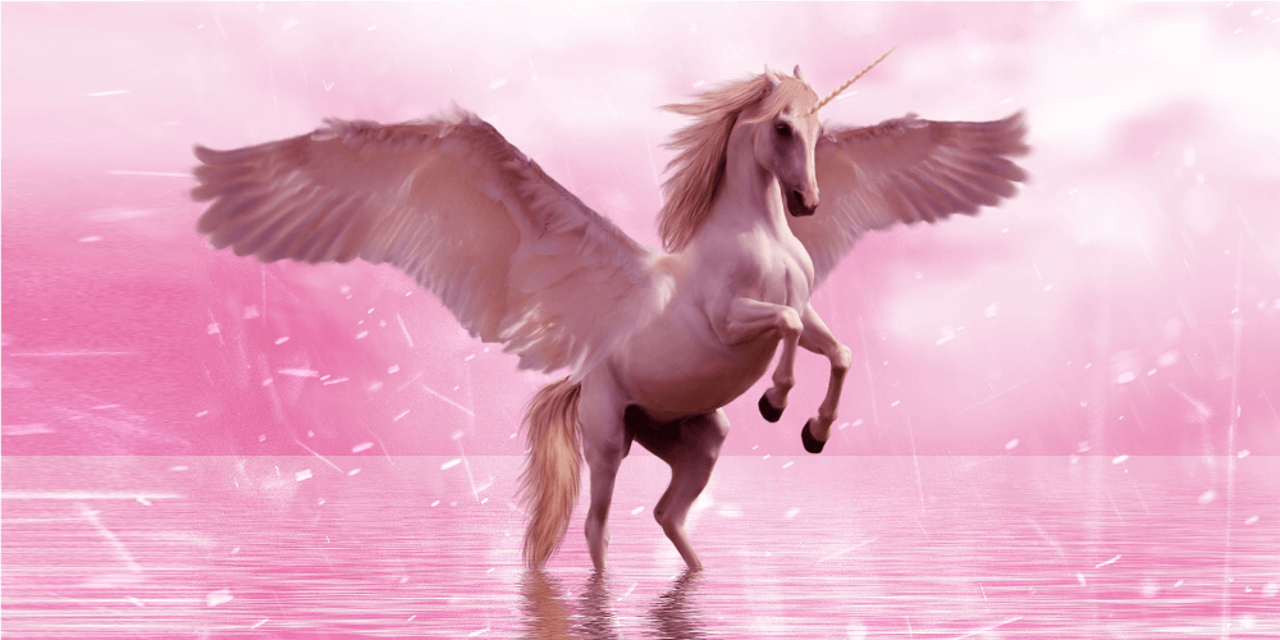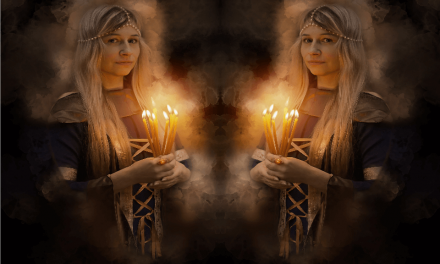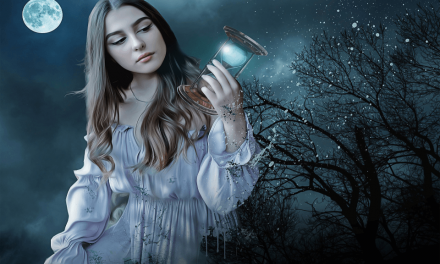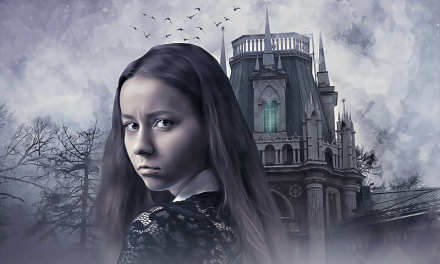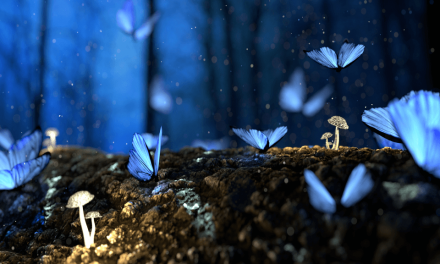In Part 2 of this series, we presented :
Classic Sources of Light and Shadow
– – –
Where would we be in our understanding of fantasy art without a knowledge of the symbols being used? Indeed, where would we be if we had never heard of unicorns or of dragons? Or of a host of other mythological and fanciful creatures? Some nearly human in aspect and others quite beast-like.
Perhaps the foremost of these beings, if you will, are fairies. And they come in all shapes and sizes. But, typically, we view them as dainty, petite, and female. About the size of a butterfly. Or perhaps small enough to ride on a butterfly’s back. Or on the back of a dragonfly.
And fairy folk are usually thought to be benevolent. Except when they play tricks on us. And transform themselves while extending their realms into that of we humans. (no pun intended)
So, the use of fairies in fantasy art is twofold: to portray innocence and whimsy, and to warn of some possible mischief afoot.
Unicorns, on the other hand, are invariably good. (Or, at least in fantasy art, they were until very recently. 🙂 ) Whenever unicorns are presented, we should (typically though) think of virginal innocence and purity. In fact, to some persons, unicorns point to a Christ figure.
Now, as for dragons, they really are evil. (Or, once again, they used to be – at least in western culture. And I would lay this transformation, in part, to films such as Dragon Heart. Didn’t you find yourself rooting for Drago in the end?)
But when we see a dragon in fantasy art, don’t we still think of tremendous fire, scorched earth, and raw power? And what does a dragon’s ability to fly signify but our own desire to do likewise? To fly ourselves. Ah! Such freedom! Which is itself a second symbolic meaning of a dragon: free spirited independence. And anyone caught fighting a dragon is held to be courageous because of the enormous size and power likewise portrayed in that dragon.
A fourth fantasy beast to consider is the phoenix. This bird with its wings spread wide and rising from the ashes represents the ability to survive. And not just to survive, but to reestablish oneself in a position of dominance – the position formerly held. Or, at any rate, to attempt to do so. And, it goes without saying, that an unassailable degree of toughness (and a never-give-up, never-surrender attitude) go right along with that.
There are other symbols of course – centaurs and griffins from Greek mythology, Celtic knots and runic writing, heraldic symbols and coats of arms, biblical and non-biblical literary references. And the list goes on.
So, what is our point here?
Sometimes it pays to review both the literal meaning as well as the symbolic meaning of the images we use in our game art. And, when it comes to imagery, it also pays to keep an open mind. The deeply held meaning that some symbols have traditionally had is changing. Sometimes in subtle ways – and sometimes purely in jest.
But then again, the overall purpose of fantasy art symbols, that is, their intent, remains the same. They are used in such a way as to adorn and to illuminate. And to elicit a general aura of fantasy. That’s all. (And only sometimes, less often than you would think, to impart some other, more mysterious meaning.)
– – –
In Part 4 of this series we will present :
Altered States: When to Alter Reality and When It’s Best to Leave it Alone
How much is too much when it comes to exaggeration?
